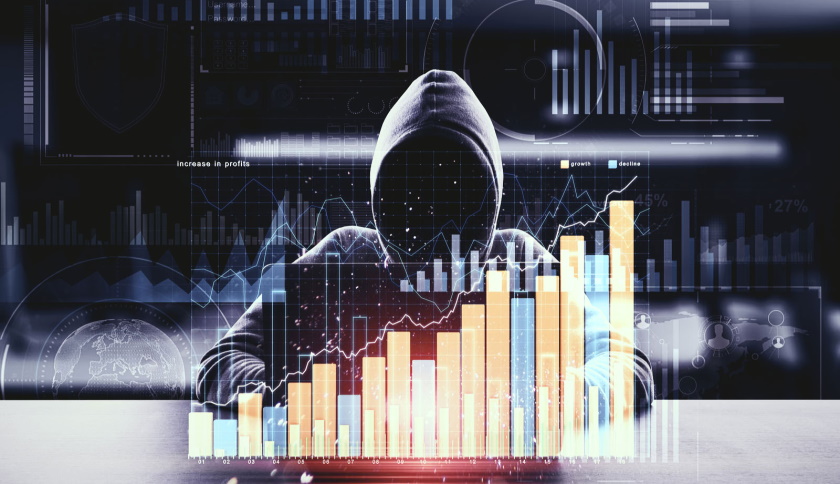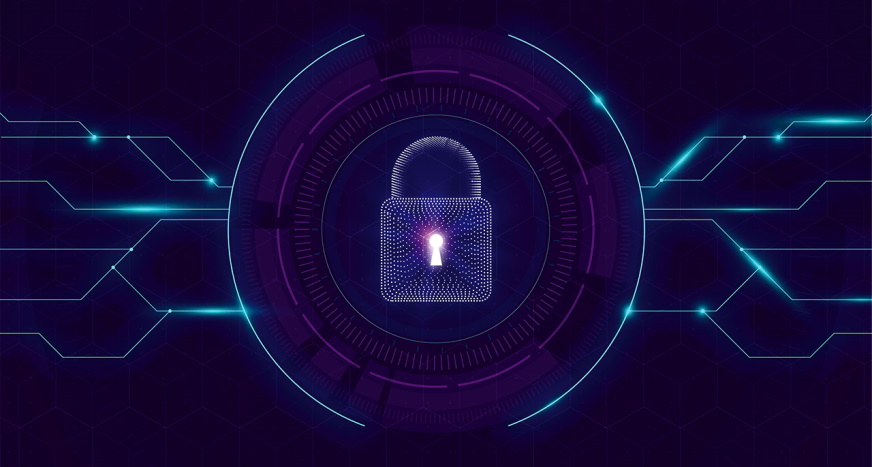Non-Technical Cybersecurity Trends Everyone Needs to Know
With all the talk of technical cybersecurity threats like data breaches and malware, it’s easy to forget that there are non-technical threats out there too. In fact, many of the most common cyber security threats faced by businesses today are entirely non-technical in nature.
As a marketer, you may not think that you need to worry about cybersecurity. However, if you’re responsible for any company assets – from customer data to financial information – it’s important to be aware of the risks. Here are four non-technical cybersecurity trends everymarketer should know about.
Cybersecurity trends every marketer should be aware of
In addition to technical issues, hackers and cybercriminals can also exploit vulnerabilities in marketing processes. To stay ahead of these threats, it’s important for marketers to be aware of current trends in non-technical cybersecurity.

One trend that is gaining traction is the use of bots as a form of attack. Attackers set up automated programs that scan websites looking for weaknesses in security or vulnerable features they can exploit. Marketers should be vigilant about monitoring their sites for any suspicious activity or unusual traffic spikes that may indicate a bot attack.
The rise of cryptocurrency has also posed unique challenges for marketers. Cryptocurrency transactions are largely anonymous, making them difficult to trace and leaving companies vulnerable to fraud and theft. Companies should establish procedures to securely store any cryptocurrency they receive and monitor transactions for suspicious activities.
Social media is another area where cybercriminals can target companies, by taking advantage of people’s trust in social networks. Attackers may create fake accounts or use stolen credentials to access company data or impersonate employees. Marketers should ensure that all social media accounts are adequately secured and regularly monitored for suspicious activity.
Finally, as more businesses move their operations online, marketers must be aware of the security implications that come with it. Companies need to have strong policies and protocols in place to protect their data from malicious actors and unauthorized access. They should also educate their staff on good security practices to reduce the risk of a breach.

Create a cybersecurity marketing strategy that drives results
- Understand Your Audience: Before you can create any kind of marketing strategy, it’s important to understand who you are marketing to. Identify key demographics such as age, location, job title and technical expertise and craft messaging that is tailored for each group.
- Leverage the Latest Technology: Cybersecurity technology changes quickly and keeping up with these changes will help your marketing efforts stay ahead of the curve. Use new tools like AI-powered data analytics and cloud solutions as part of your cybersecurity marketing plan.
- Focus on Education: Part of a successful cybersecurity marketing strategy should include educating potential customers about the importance of protecting their data from cyber attacks. Educate them on the different types of security measures they should have in place and the dangers of not having these in place.
- Build Brand Awareness: Take advantage of social media, webinars, and other digital platforms to create awareness about your cybersecurity product or services. Identify influencers who can help spread your message and build relationships with them.
- Measure Your Performance: As with any marketing effort, it’s important to measure your performance so you can make adjustments as needed. Set key performance indicators (KPIs) such as website visits, email opens, and customer conversion rates to track how well your campaign is performing over time.
- Follow Best Practices: As you develop and implement a cybersecurity marketing strategy, make sure you are following industry best practices. This includes adhering to privacy laws, such as GDPR and CCPA, and making sure you have a clear opt-in process for customers.
- Partner with Industry Leaders: Consider partnering with other industry leaders or influencers in the cybersecurity space who can help promote your product or service. Look for organizations that are respected in the security community and can help spread your message further.
By understanding your audience, leveraging the latest technology, focusing on education, building brand awareness, measuring performance, following best practices and partnering with industry leaders you can create a cybersecurity marketing strategy that drives results. With the right plan in place, you can reach more customers and protect them from cyber threats.



